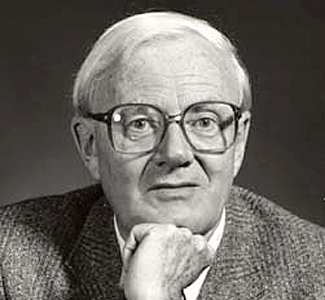
This course is an introduction to fundamental concepts of graph theory. We study the book
To the extent there is a special emphasis, it is on the structure of graphs, in particular contributions of Tutte, arguably the greatest graph theorist of the middle of the last century. (A short biography from Tutte's University of Waterloo. The New York Times obituary. The London Times obituary.)
Another book of Tutte's that has some overlap in topics but is much shorter, less dense, and less formal, is Graph Theory As I Have Known It, Oxford University Press, 1998.
The course is not normally suitable for first-year graduate students. However, there are no specific prerequisites except the traditional "mathematical maturity". Basic graduate algebra is very helpful.
PLACE: WH 309
TIME: Mon., Wed., Fri. 3:30-4:30.
M, W, F: 2:00-3:15 in WH 216.
I will be happy to see you at these or other times as far as possible. If necessary we can make appointments.Make sure I see you (or else I may never notice).
All students are encouraged to attend the Combinatorics Seminar, usually on Tuesdays, 1:15-2:20. There will be talks you can't understand, as well as some you can't help understanding, on all kinds of topics in graph theory and other combinatorics as well as in number theory (and sometimes both at once). (You'll be surprised how much you learn by not understanding a great many talks.)
I will lecture, for the most part. I intend to explain rather than repeat what is in the book. I hope to have a lot of interaction with you, the students/audience.
Student work: You will have to work hard sometimes to understand the lectures and readings. Keep your colored pencils handy.
See the syllabus and schedule and the assignments page.
There are absolute requirements for health precautions during the pandemic. See the accompanying health page, but note especially: